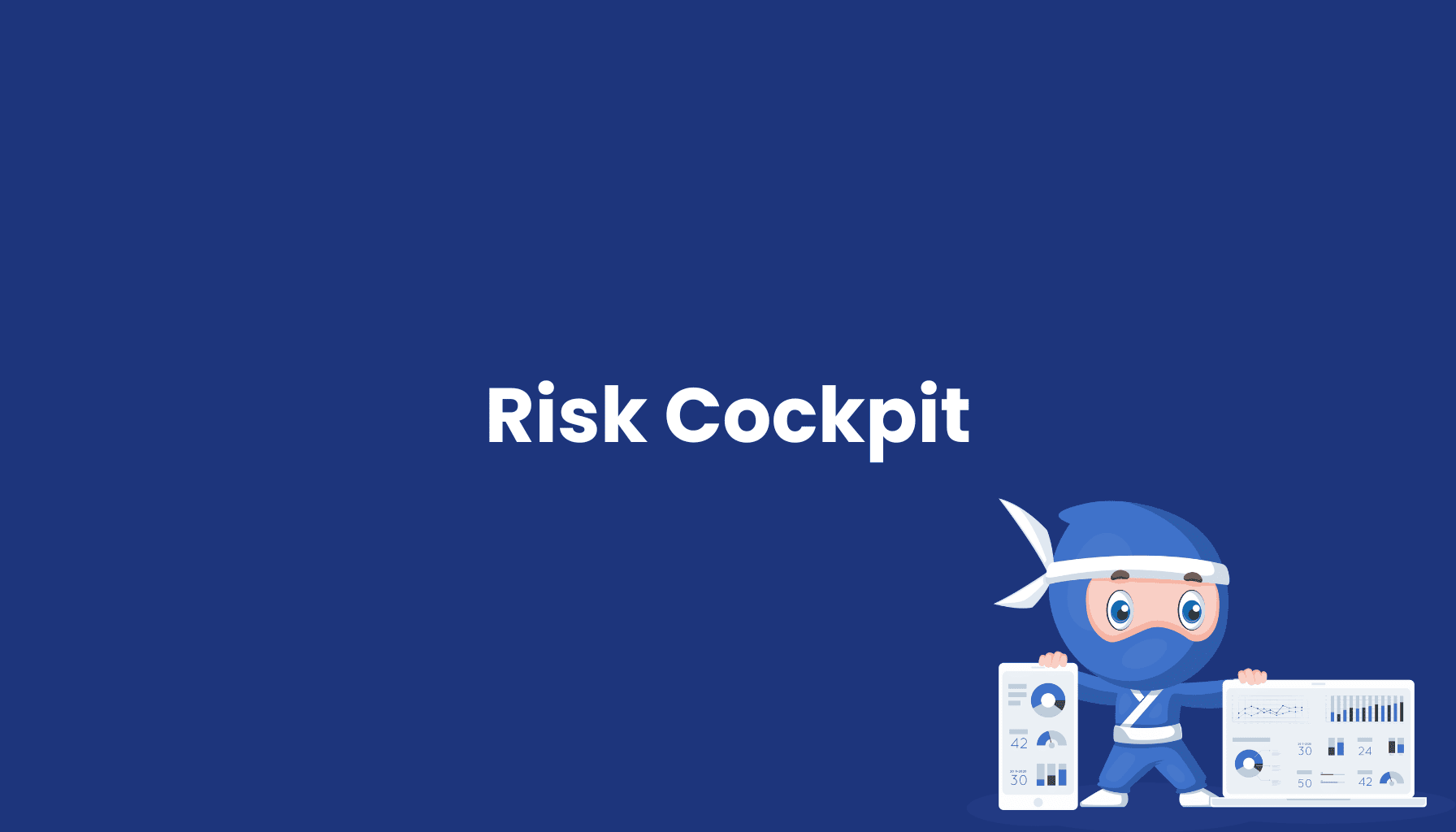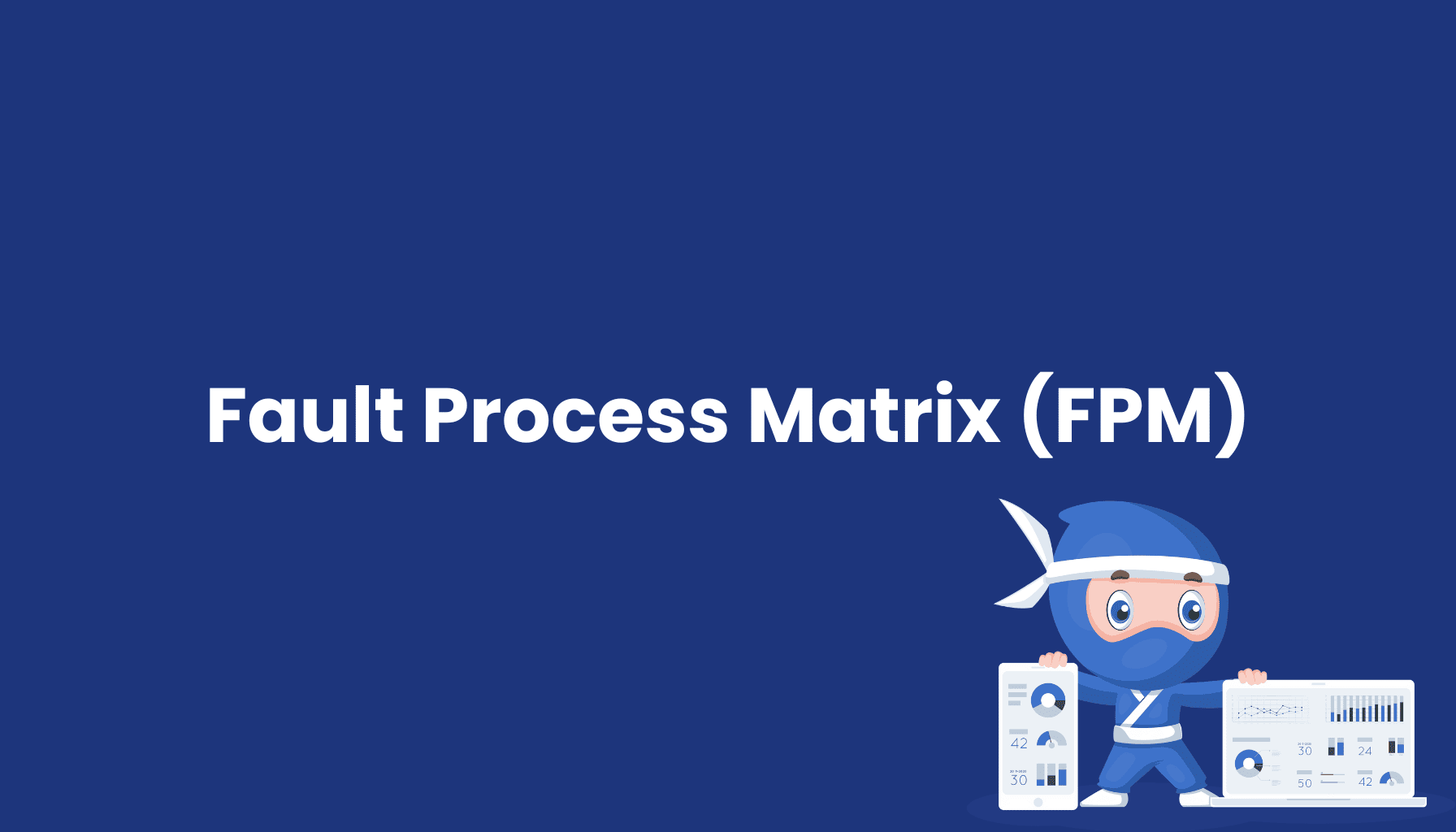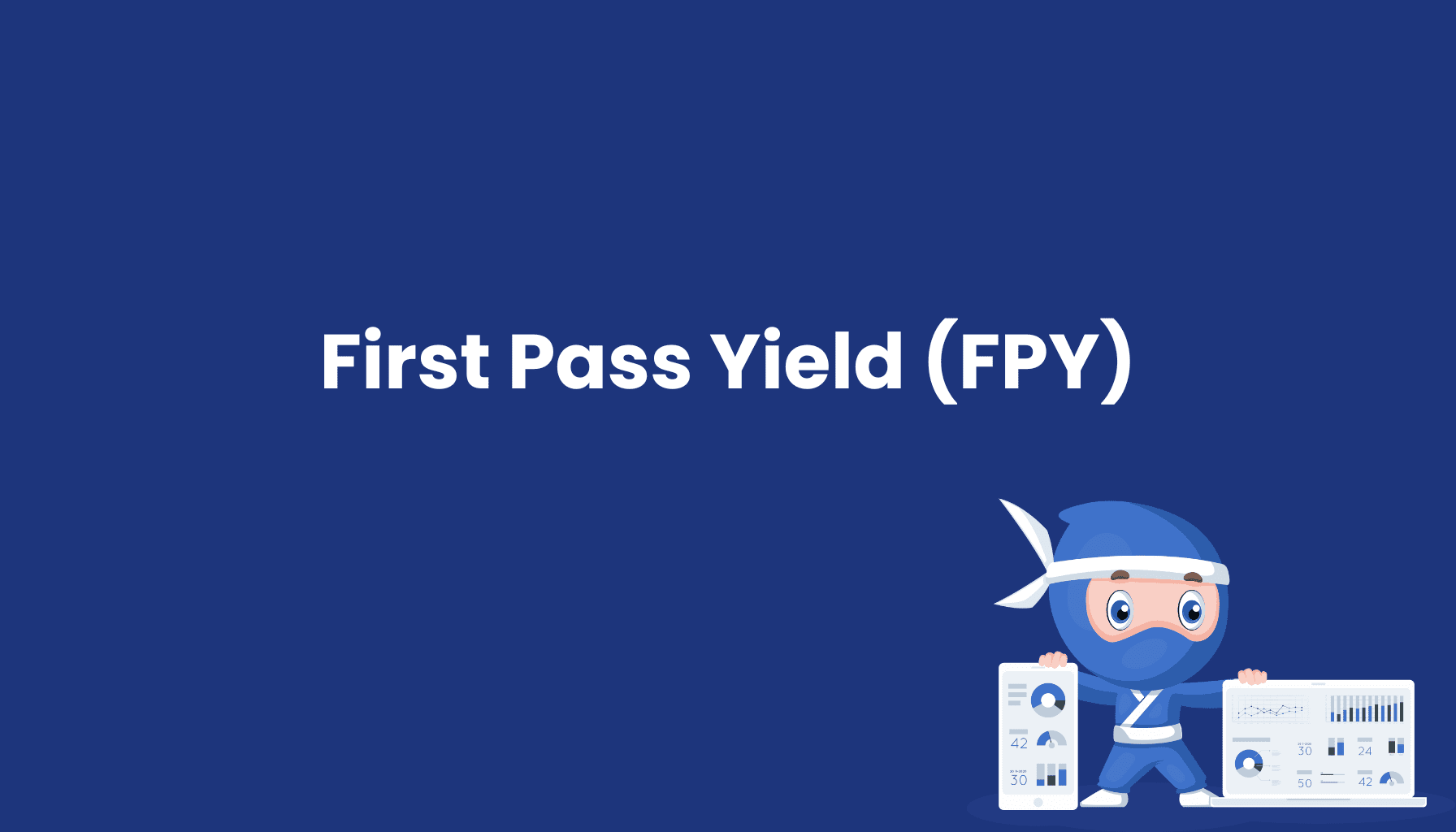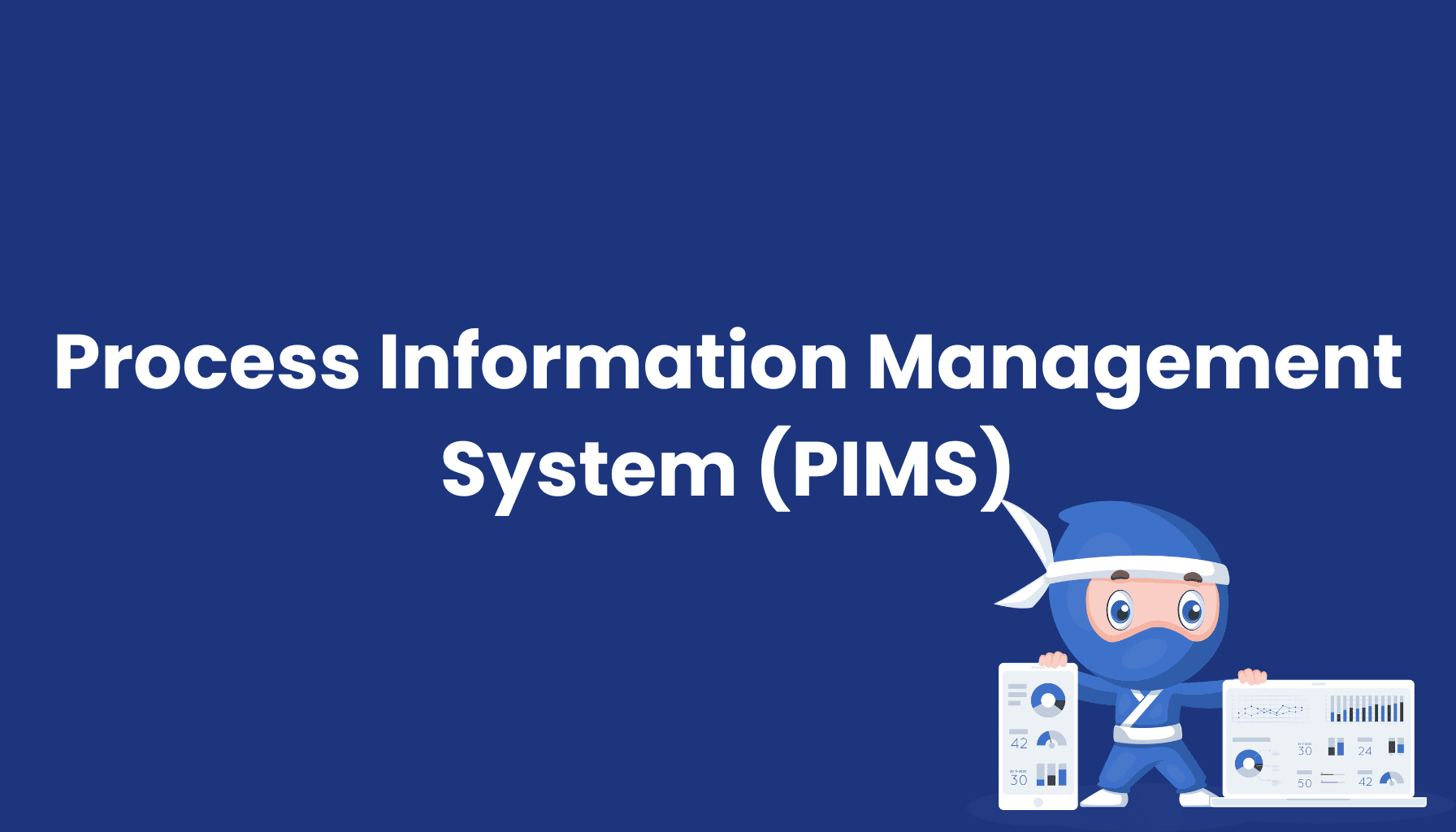Risk Cockpit

What is a Risk Cockpit?
A Risk Cockpit is a central dashboard designed to help businesses monitor and manage risks effectively. It consolidates all identified risks, displays their current status, and documents actions for risk mitigation. A Risk Cockpit provides executives with a clear and accessible overview, enabling them to identify risks early and take targeted actions.
Benefits of a Risk Cockpit
- Proactive Risk Management: By enabling early identification and assessment of risks, a Risk Cockpit allows preventive measures to be implemented before risks escalate.
- Centralized Overview: As a unified platform for managing risks, it promotes transparency and accountability.
- Efficient Risk Management: The clear visualization and prioritization of risks save time and resources, enabling faster risk recognition and response.
- Enhanced Business Security: By regularly monitoring and controlling risks, the Risk Cockpit safeguards company processes and assets.
- Informed Decision Support: Based on real-time data and analyses, the Risk Cockpit aids in making informed decisions regarding risk management.
Key Functions of a Risk Cockpit
- Risk Identification: Capture and document all relevant risks that could potentially affect the company.
- Risk Assessment: Analyze and evaluate risks based on their likelihood and potential impact.
- Action Tracking: Track planned and ongoing risk mitigation measures, including progress and effectiveness.
- Reporting and Analysis: Automated reports and dashboards facilitate communication of risk status to management and stakeholders, supporting data-driven decision-making.
Conclusion
A Risk Cockpit is an essential tool for risk management in modern businesses. By offering a centralized, transparent overview of all corporate risks and supporting proactive control, it enhances the safety and stability of business processes. The Risk Cockpit allows for early detection and targeted risk minimization, leading to improved business security over the long term.





